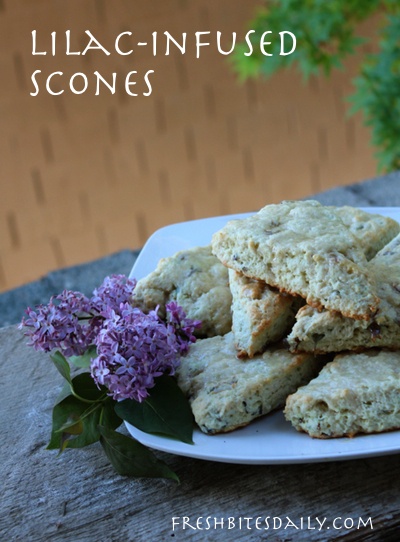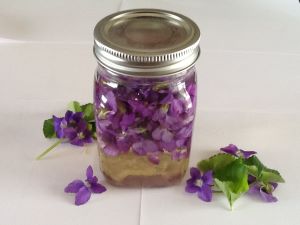_______________________________________________________________________________________________________________________
Lovely Lilacs
The luscious scent of lilacs in the air brings us into the state of the now! As stated by my good friend and mentor, Red from the Council of Elders.
The beautiful white, soft lavender, to dark purple flowers all have a slightly different aroma but possess the same medicinal properties. Regrettably, lilac flowers do not tolerate steam distillation, so an essential oil is not possible. However, an absolute lilac is made using solvents to extract the scent.
There are many ways a Home Healer can use lilacs. First, they are edible and can be added to your salads for colour and taste. Lilac vinegar is easy to make and produces a soft peach colour when infused in white wine or white balsamic vinegar. I prefer a vinaigrette as it preserves the taste of the lilacs.
I recently made a lilac honey that was so easy and only took a week to infuse. Tastes great on a piece of toast or, better still, some lilac scones!
Check recipe below

As I love making salves, I make lilac-infused oils each year. Lilac oils help promote skin healing and are an excellent additive for sunburn relief and after sun care. It also helps reduce the signs of ageing by reducing wrinkles and fine lines.
Lilacs are naturally anti-fungal as well as antibacterial, making lilacs great to add to any salve formula.
A toner made from lilac water will tighten the skin and make the pores appear smaller. As lilacs are anti-fungal and antibacterial, lilac water is excellent for acne. Floral water can be a face or body spritzer, linen and room spray and a spray for refreshing shoes. Lilac floral water is available from some online stores.
You can make beautiful lilac face creams and use the salve for scrapes & cuts. Use a jojoba infusion of lilac flowers for face oil. Add lilac floral water as your face toner, and you have an excellent skin regimen made from your local lilac bushes. Ah, the sweet aroma of Mother Nature’s delights
Lilac Infused Scones

Lilac Scone Steps
Heat the milk mixture to just below a boil. Add your chopped blossoms, stir, cover, and remove from heat. Allow the blossoms to infuse into the milk as you prepare the rest of the recipe.
Preheat oven to 425 degree F
Lightly butter and flour a baking sheet
Remove butter from freezer and grate with cheese grater
Mix together flour, sugar, baking powder, soda and salt
Fold in grated butter into the dry ingredient mixture. Use your hands to mix butter in well, breaking up any clumps of butter. All of the little butter pieces should be smaller than the size of a pea.
Add vinegar to your milk or use buttermilk if you have it
Add the lemon extract or zest to milk mixture. Add the milk mixture to your dry ingredients. Knead the mixture by hand until it is well-mixed. It should knead together in a minute or two
On a smooth, clean work surface, form a large ball with the dough and roll it out into a circle that is about 3/4 of an inch thick in height. You can pat it out by hand as well easily enough. Use a large knife to cut the circle in half and then in half again until you form right triangle pieces of dough
Arrange each piece on a buttered and lightly floured baking sheet
.Bake for 12-16 minutes or until browning slightly on the edges. The center should be done without a hint of “doughy.”
Lilac Vinaigrette Recipe

Lilac Vinaigrette Recipe
Ingredients:
· 3 tablespoons of oil
· 2 tablespoons of lilac vinegar
· 1 teaspoon of maple syrup
· salt & pepper to taste
Shake together in a jar and let stand for twenty or thirty minutes so the flavors meld together. Shake again and pour over your salad. Yum!
NOTE: This is a simple vinaigrette recipe so you get the flavour of the lilac. However you can add other ingredients such as garlic or green onion if you wish to jazz it up!
Disclaimer: The information, including but not limited to, text, graphics, images and other material contained on this website are for informational purposes only. It is not intended to be a substitute for professional medical advice, diagnosis or treatment. Always seek the advice of your physician or other qualified health care provider with any questions you may have regarding a medical condition or treatment and before undertaking a new health care regimen.
The owner of these written materials makes no claims as to the accuracy or completeness of any of the information, including any links. The owner will not be liable for any errors or omissions in this information.
